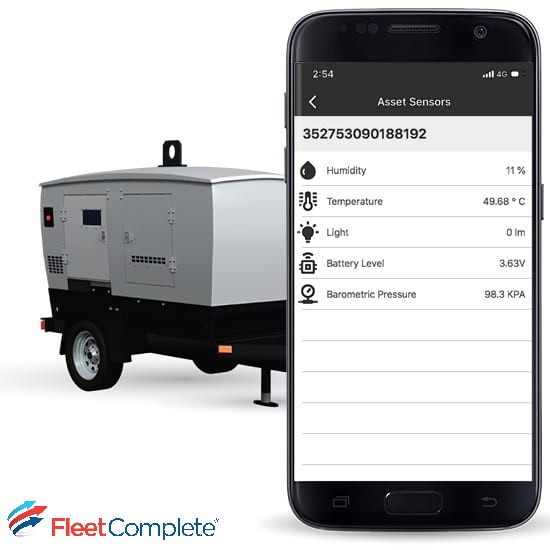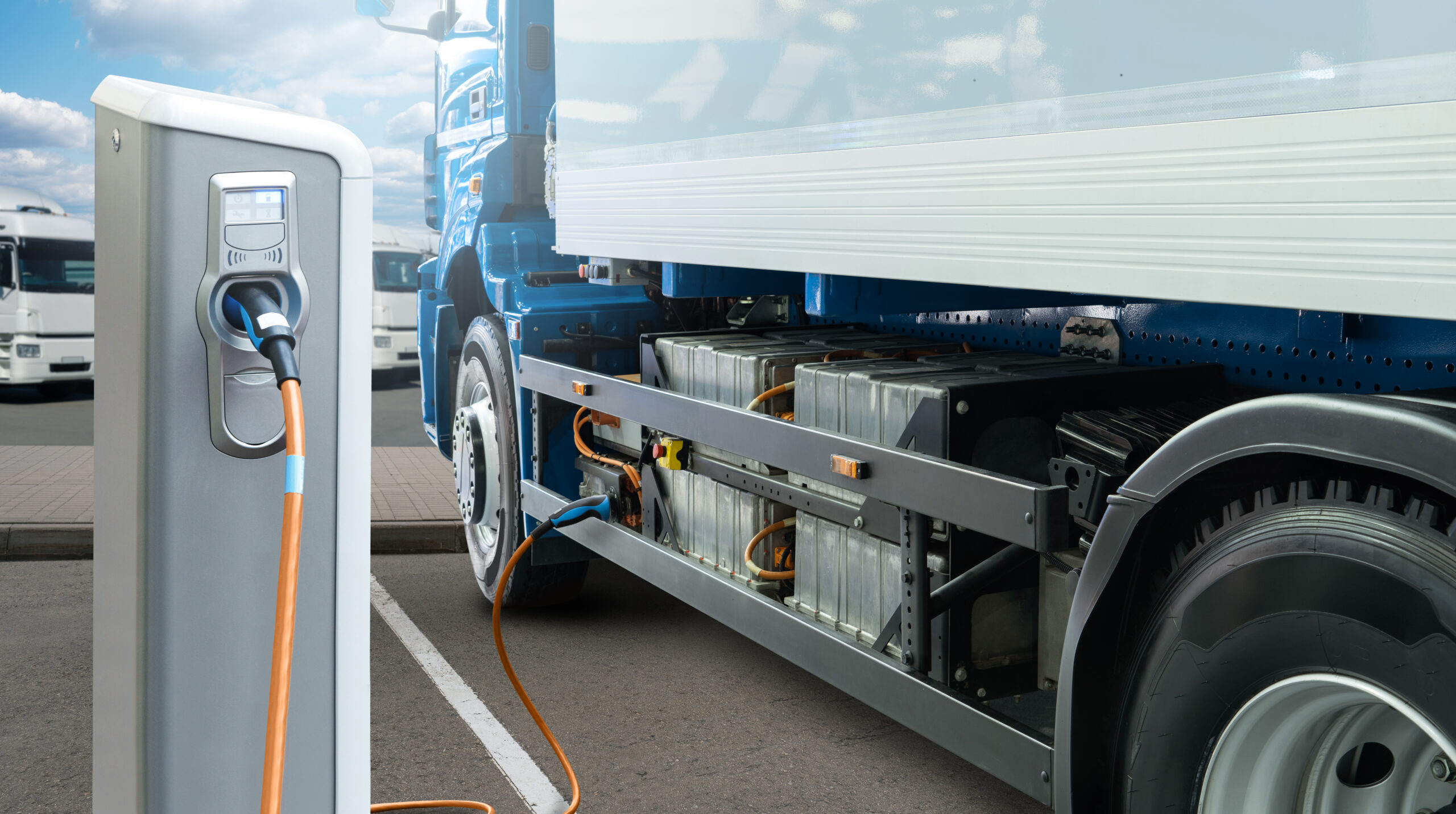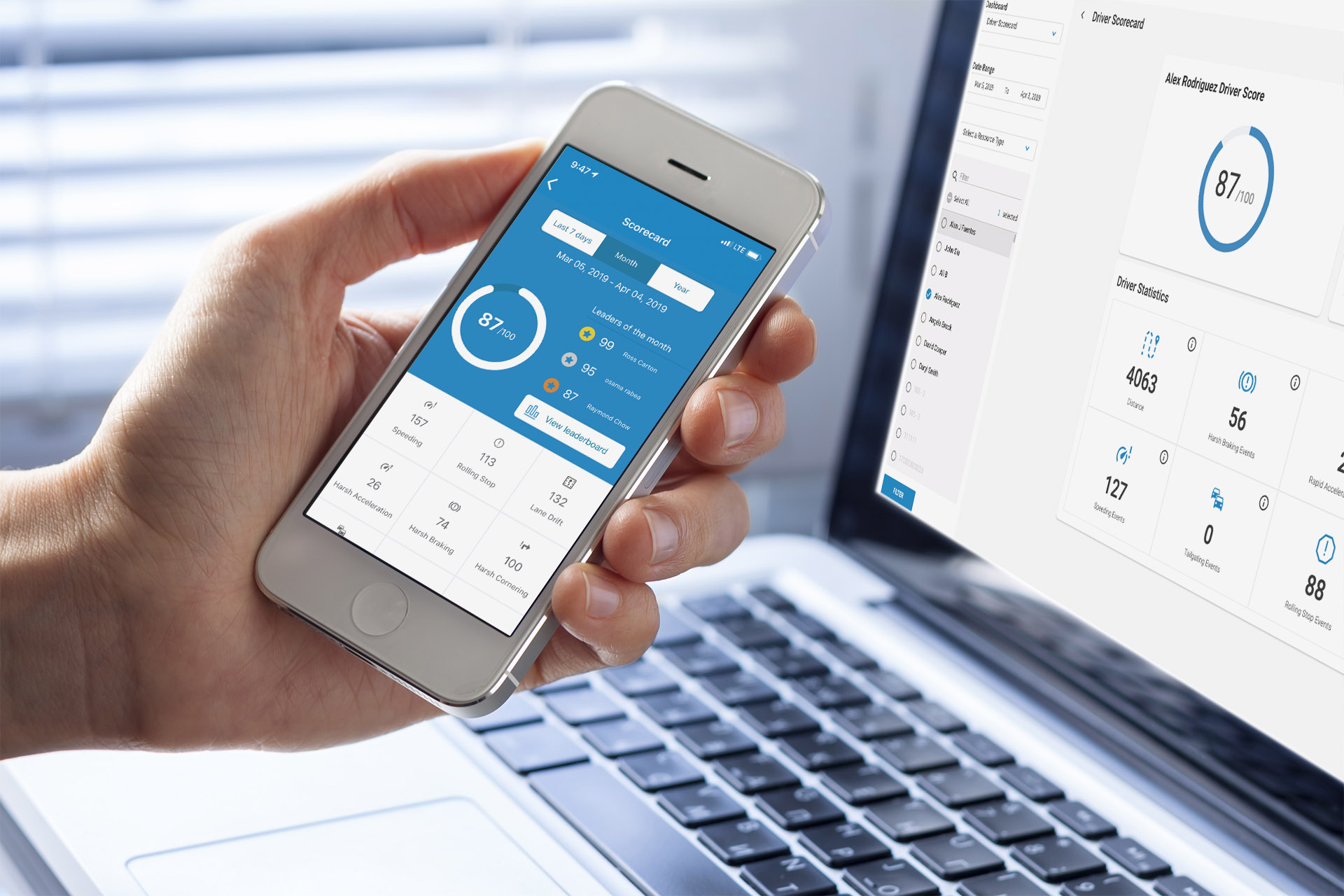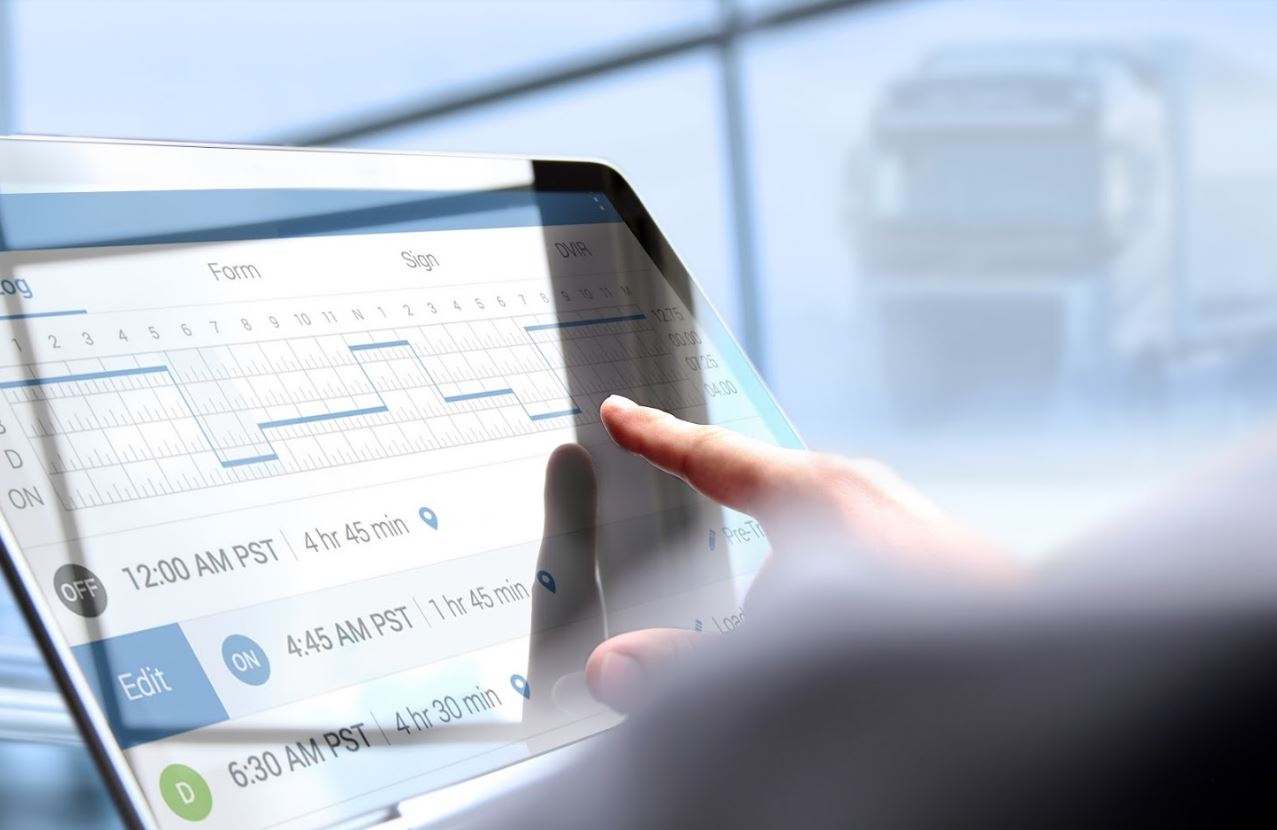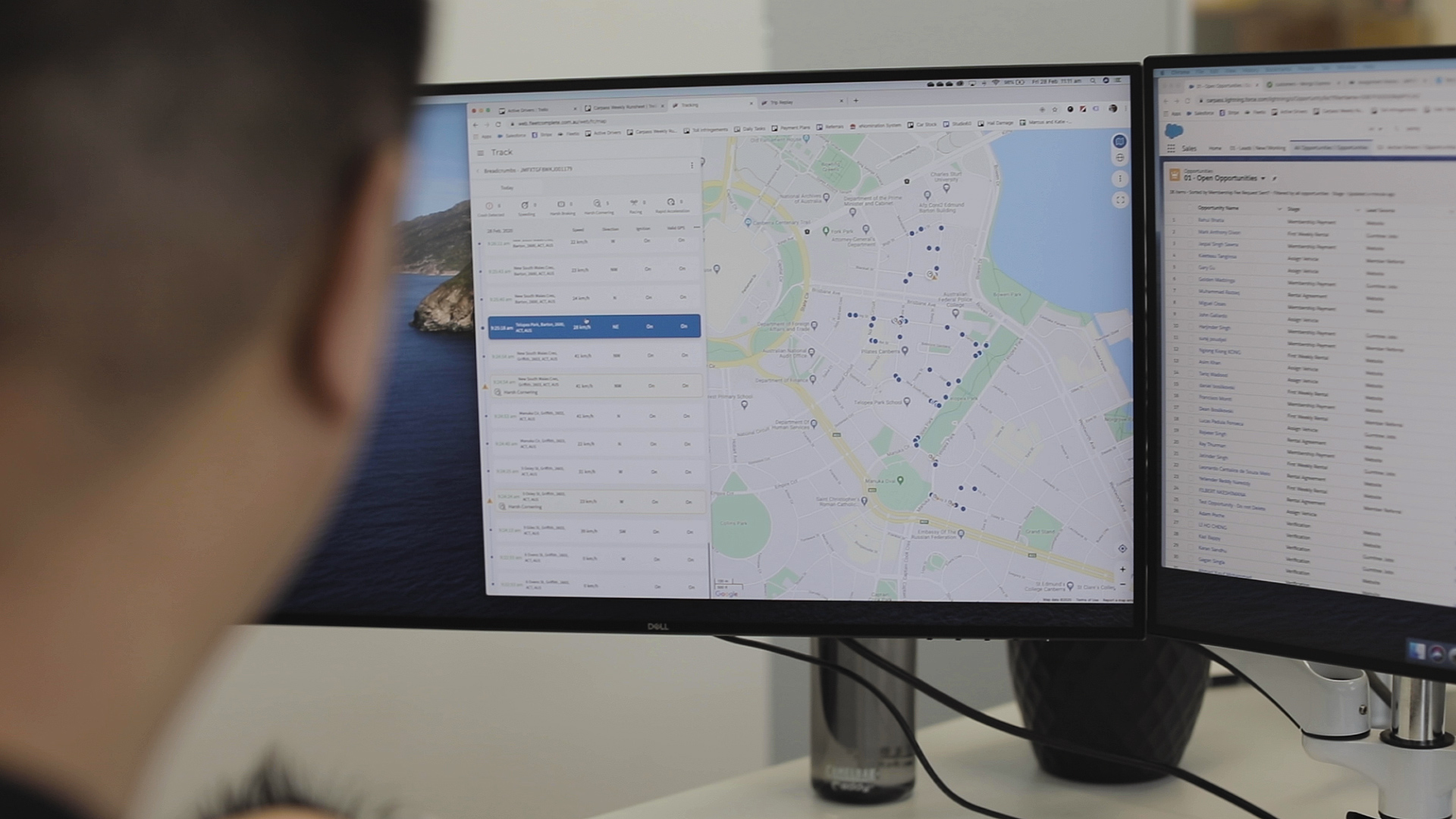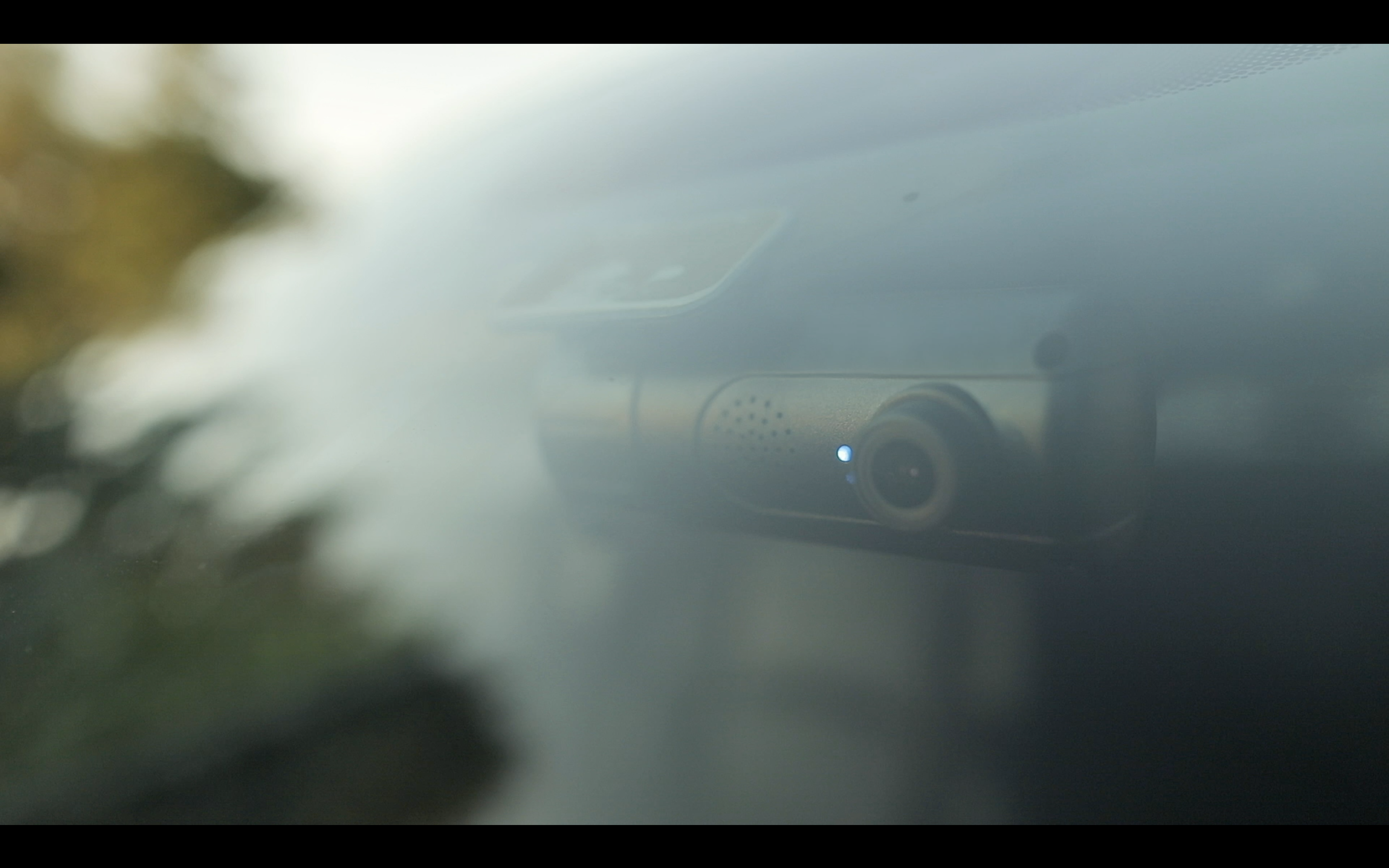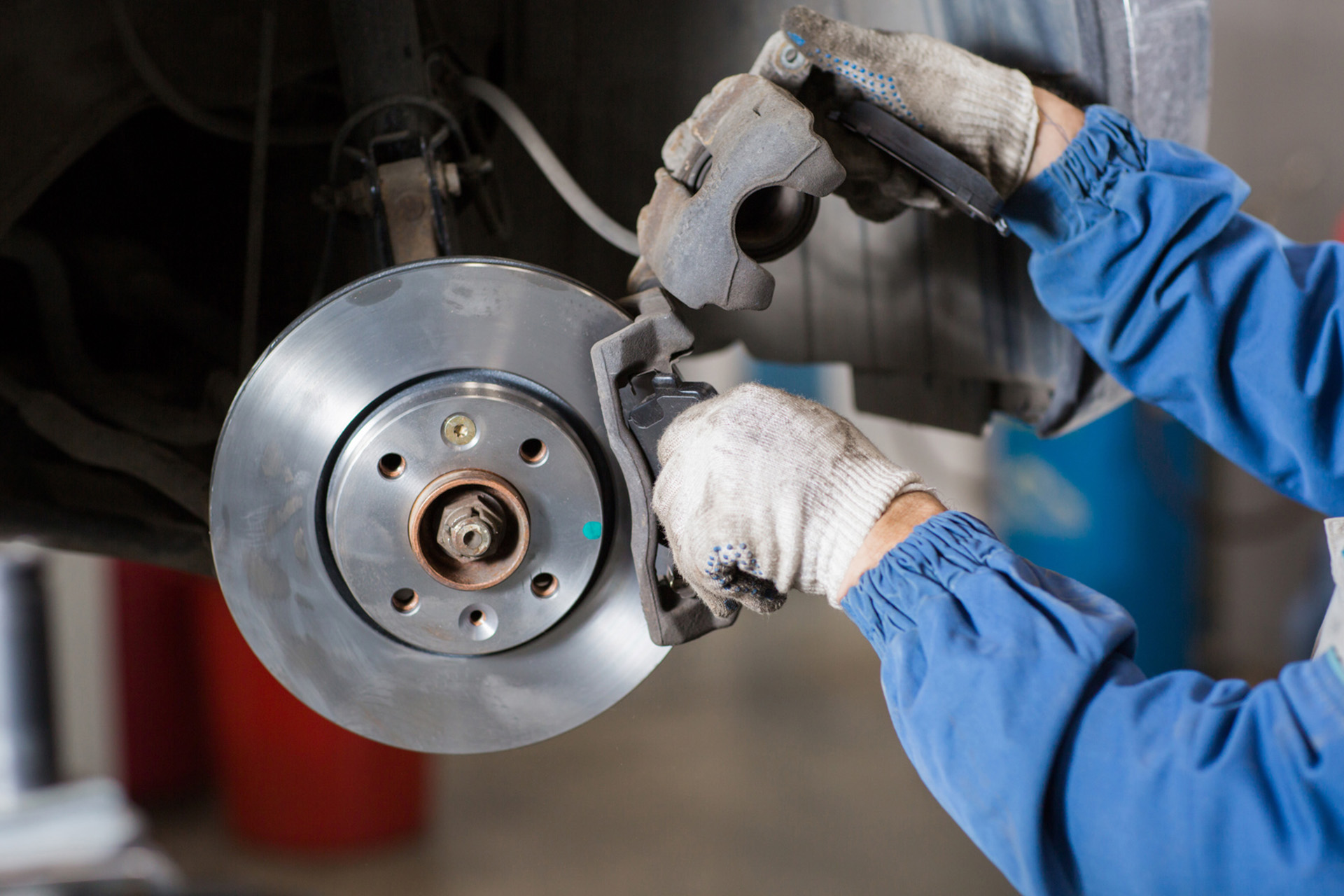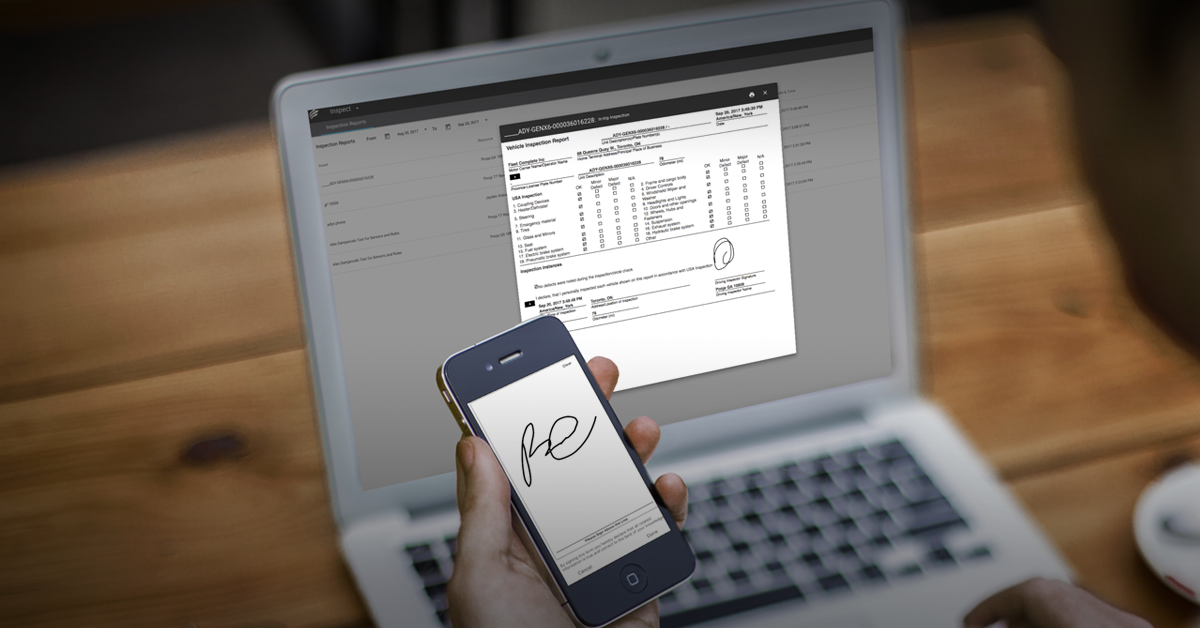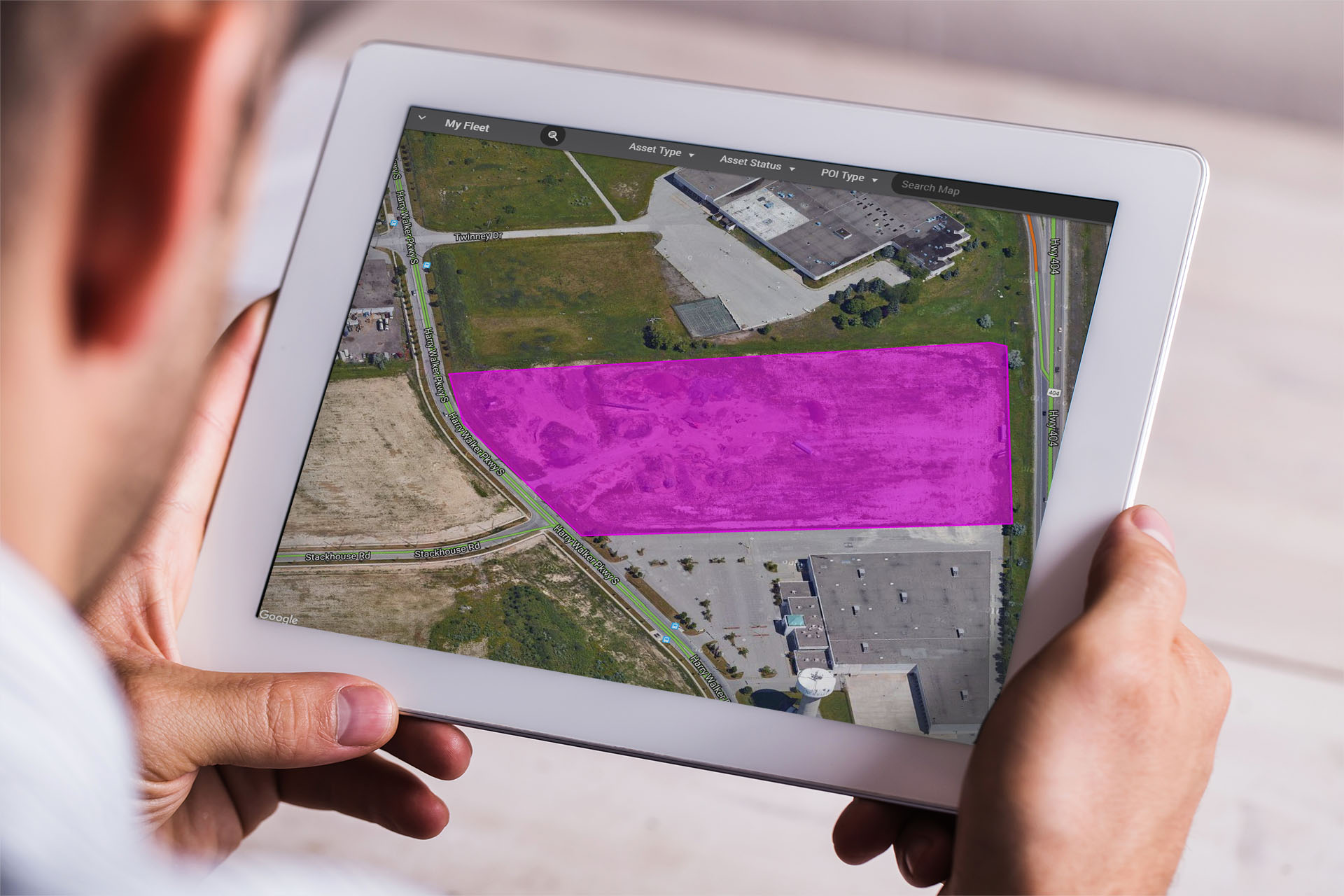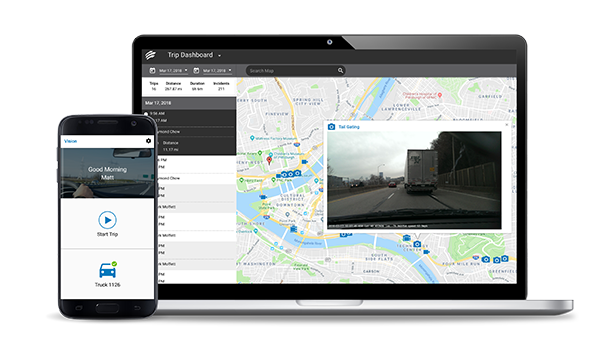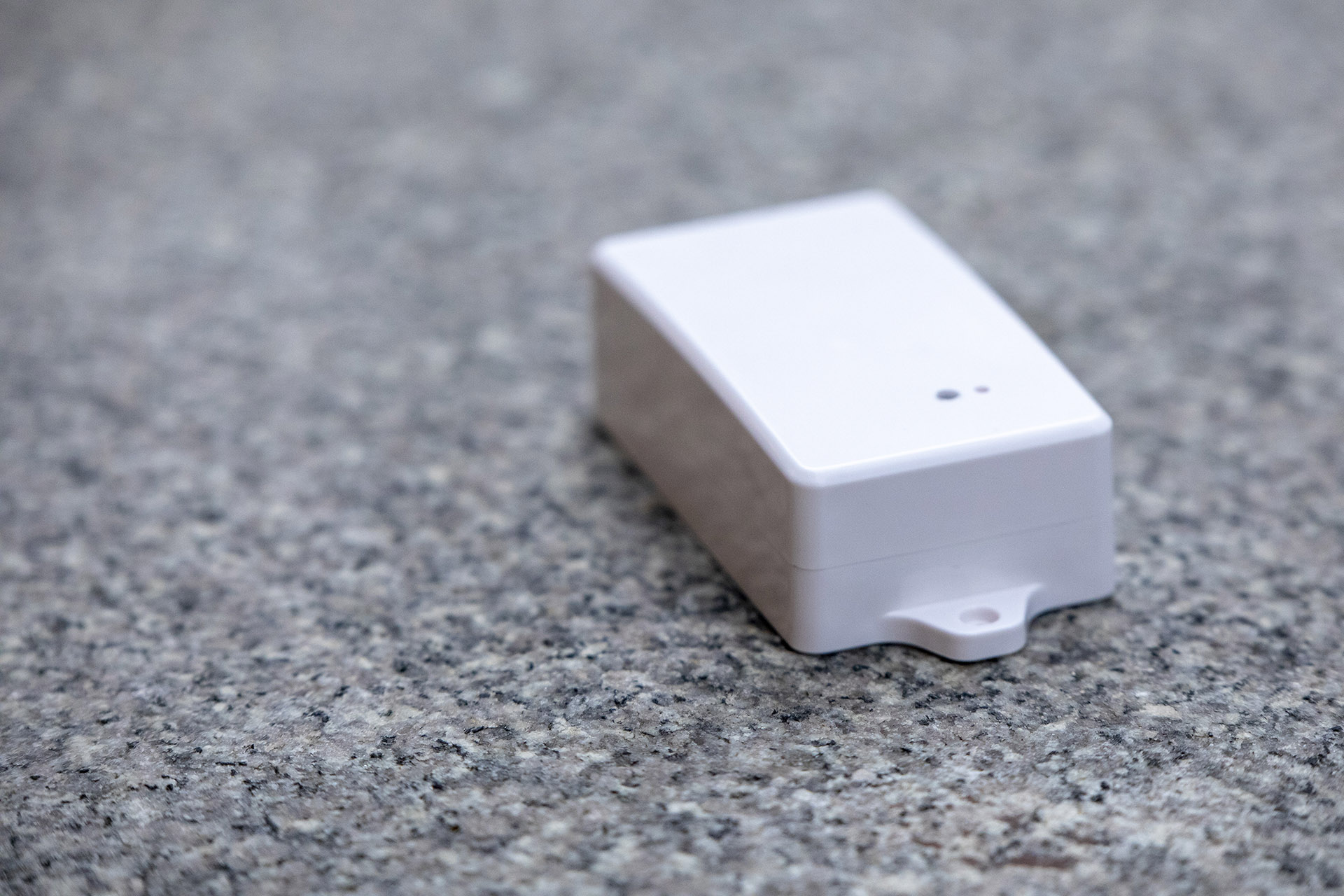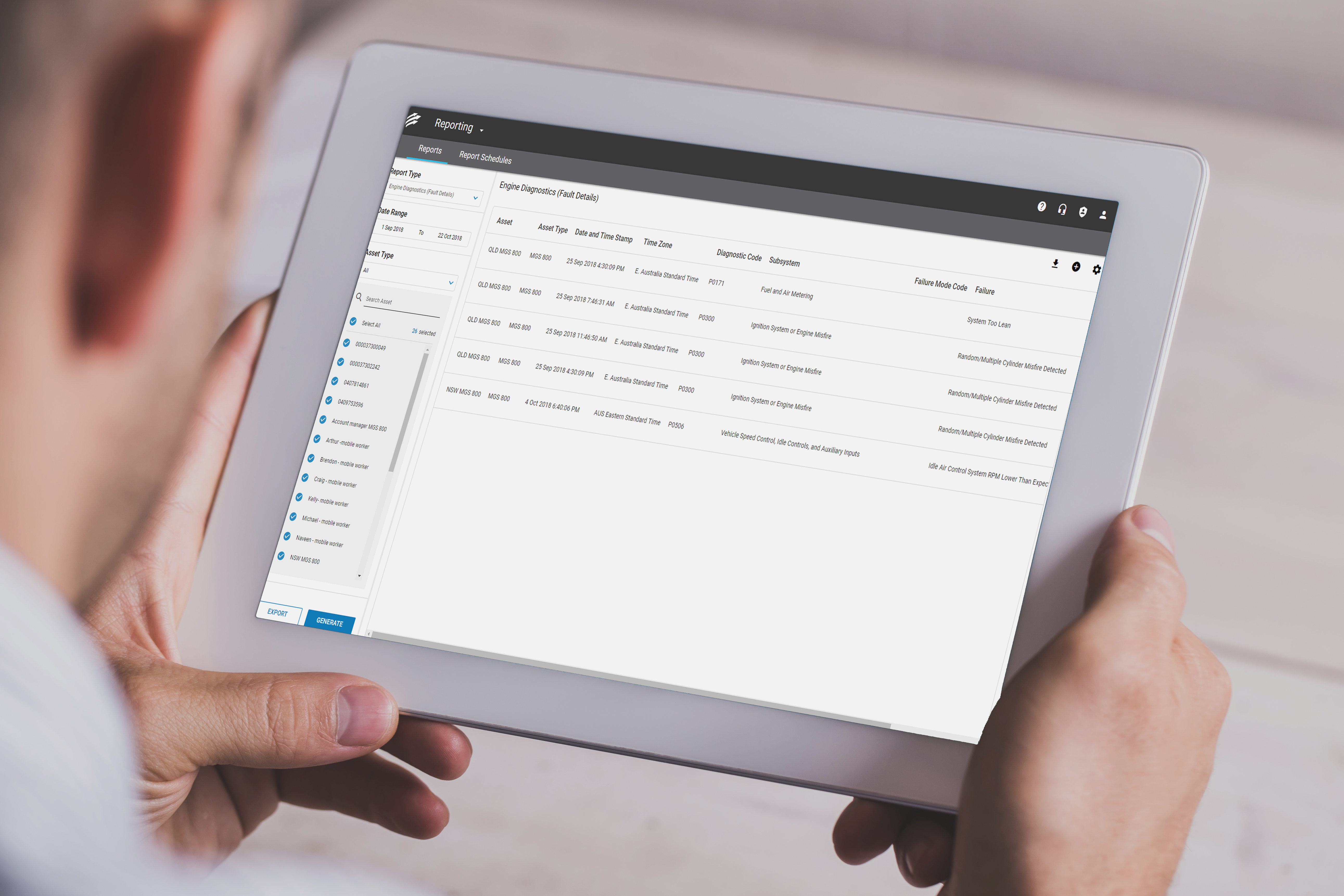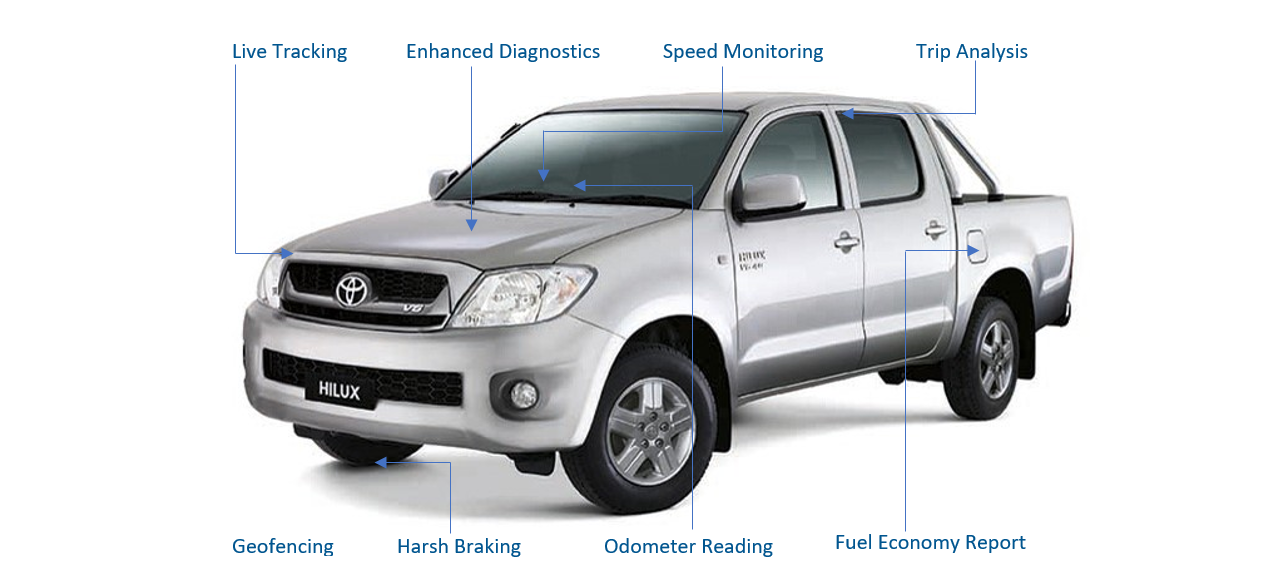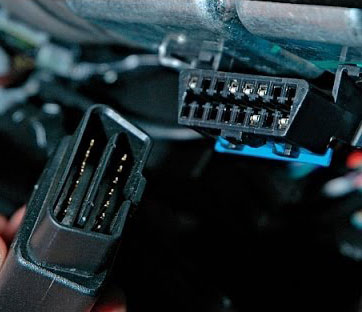
Efficiency is vital in the fleet management world. From cost to labor to functionality, doing more for less will always be a priority. As the industry moves towards greater productivity and more connected systems, finding better ways to manage your operations is key to staying ahead.
One of the major focus areas for fleets right now is original equipment manufacturers (OEMs) versus third-party providers for telematics tools in vehicles.
But, what is the difference between buying a vehicle with factory-installed telematics equipment or buying the tools from a third-party provider? In this article, we’ll look at their key differences and explain the convenient third option – a combination of the two.
The Relationship Between End-Users, OEMs, and Third Parties Explained
Two main types of telematics hardware providers exist in today’s market: OEMs and third parties. It’s important to understand what sets them apart when looking at options for your business.
There are several key differences between these two groups.
OEMs are the network equipment brands with which you’re most familiar. For their customers, they provide both hardware and support services. Network administration for connected devices is one of these support services.
OEMs take complete responsibility for the design, build, and support of their products. If you choose to buy direct from an OEM, you’ll be responsible for managing your own network at all times. You won’t get hands-on assistance or live phone support after you purchase equipment directly from an OEM unless you sign up for a contract maintenance agreement at additional cost.

OEMs are installed in the factory while the vehicle is being constructed (Image Source).
Third-party manufacturers offer many of the same benefits as traditional manufacturer brands, but with additional options for customisation and branding not available through traditional channels – at a smaller price typically associated with custom orders. Also, they will often include free setup and installation in addition to the warranty already offered.
OEMs vs. Third Party: A Case for Each
Both OEM and third-party providers come with their own set of advantages. Let’s look at the case that can be made for each.
First, let’s look at OEMs. OEMs have a closed supply chain, meaning they don’t buy components from other suppliers, but rather deal with a single supplier to acquire all the parts necessary to create their systems. Where they get those parts depends on that specific OEM. The benefits of a closed supply chain are fewer compatibility issues and lower prices for customers, because OEMs have greater market power than smaller third-party companies.
Also, OEMs typically sell only to the channel (wholesalers and retailers), and their products are available in larger quantities than those offered by third-party distributors.
Now, let’s look at third-party providers. These providers install hardware after purchase if your vehicle doesn’t already have factory-embedded telematics hardware.
One of the benefits of third-party hardware is that it allows non-fitted vehicles (or older) to transmit data. It also gives access to a variety of hardware options for different vehicles, trailers, and equipment, all while having the option to buy this equipment in small or large batches.
So, while a case can be made for the use of each telematics provider, there is a way to combine the two to gain the benefits each one has to offer.
OEM + Third Party: Combining the Two
Most of the leading automakers today are bringing vehicles to the market with factory-installed telematics hardware, which means:
- Vehicles are ready for the implementation of fleet management software like Fleet Complete
- You’re skipping the hardware installation and compatibility testing, which saves you money
- You can start using your fleet management platform without delay
How Fleet Complete Can Help
Fleet Complete integration programs offer that flexibility to mixed fleets for OEMs with factory-fitted telematics hardware, as well as our hardware options.
If your fleet consists of vehicles from a variety of automakers, having a reliable and flexible partner that can accommodate all of them on one platform will make a big difference to the efficiency of your operations – and to your fleet managers.
“Truck fleets today rarely consist of a single truck brand,” says Freddie Holmes in Automotive World’s June 2020 article. “Over 90% of fleets globally contain a mix of brands […] However, it can make the job of managing all those vehicles more complicated.”
Third-party telematics solutions may host different vehicle models and manufacturers on the same platform, allowing you to standardise data across your entire fleet and even evaluate vehicles that are more cost-effective in order to assist with future vehicle acquisition decisions.
Aftermarket telematics systems generally provide more sophisticated features, better reporting, and a superior user experience than the OEM version. In addition, third-party telematics firms often produce their hardware and platform in such a way that future enhancements can be added (over the air) if customers so choose.
At the end of the day, fleet managers must have a firm grasp of their needs to make the best decision for their organisation.
To find out how Fleet Complete can help make your fleet more efficient, request our Fleet Complete demo. If you have any questions about Fleet Complete’s fleet management solutions, contact us here.
Did you find this information useful? Feel free to share it on social media.


















